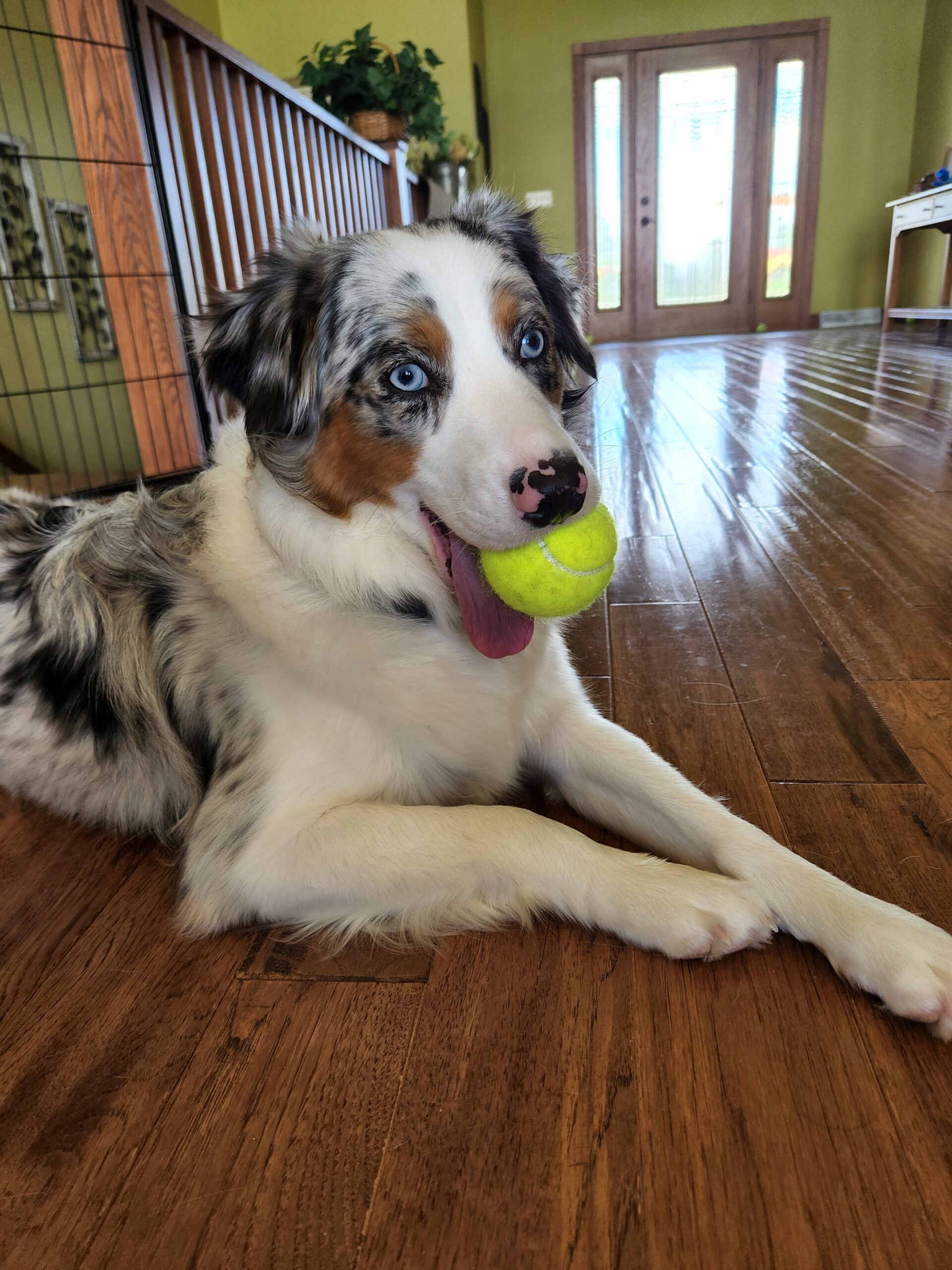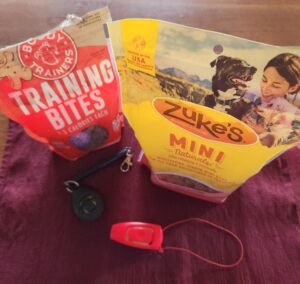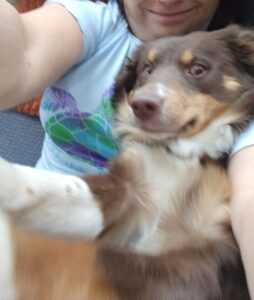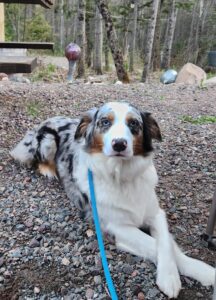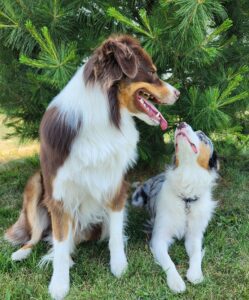Resource guarding in puppies can be a frustrating and concerning behavior, and its exact cause is not always clear-cut. Some attribute it to factors like being part of a large litter, communal feeding practices, genetics, or inheritance. While researchers have explored these factors, there’s no definitive conclusion yet. In our experience, we’ve seen resource guarding in the largest and smallest pups in a litter, and it doesn’t seem to correlate with these variables.
Behaviors can manifest as subtle warning signs like intense staring or escalate to more severe actions such as lunging and biting. Interestingly, even puppies born to the most easygoing and well-tempered parents can sometimes exhibit resource-guarding tendencies.
The key takeaway is that these behaviors can be managed and addressed successfully with the right training and techniques, regardless of their intensity or origin. The approach to addressing it remains consistent: teaching the puppy that the item they’re guarding has no value to you or anyone else. It’s important to note that humans unintentionally add value to these items by chasing or grabbing them from the puppy, actions we should avoid.
When your puppy has an item you need to retrieve, it’s essential to do so calmly and without any concern. Slowly pick up the puppy, in many cases they will automatically drop the item. If not, gently lean the puppy forward. If they still don’t drop the item, entice them with a tasty treat. Hold the treat in front of their nose, and once they drop the item, place your foot on it while setting the puppy down. Maintain their focus on the treat throughout this process. When they aren’t looking, remove the guarded item. Continue to reward your puppy for making eye contact, staying focused, and following your cues. This approach not only fosters trust but also underscores that your presence is far more valuable than any item they may guard. Also, see the blog on the “treat game.”

